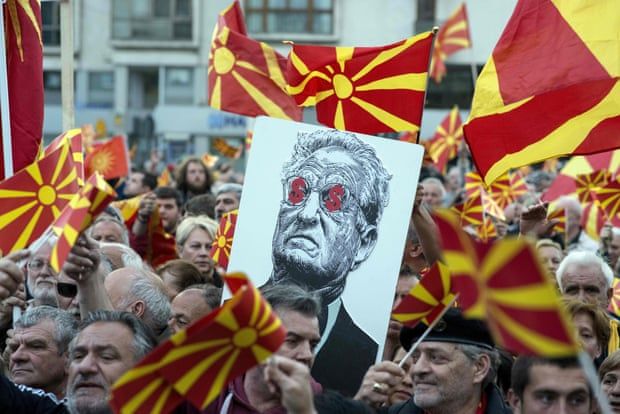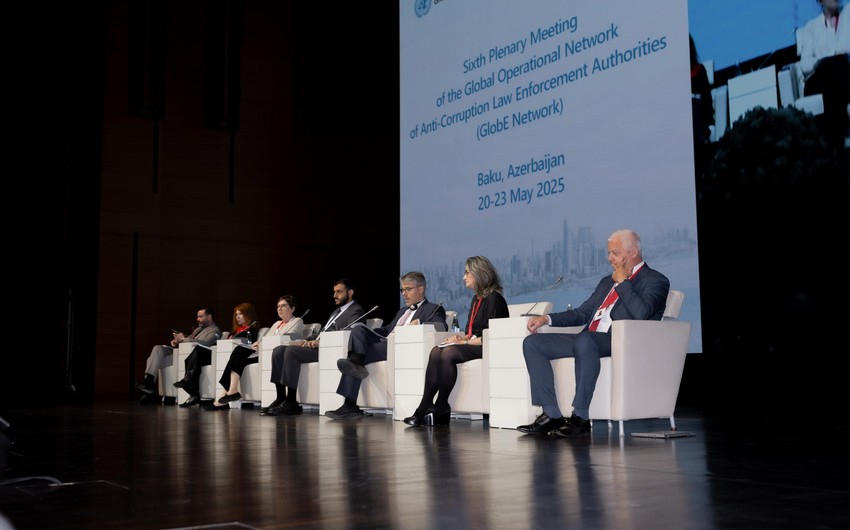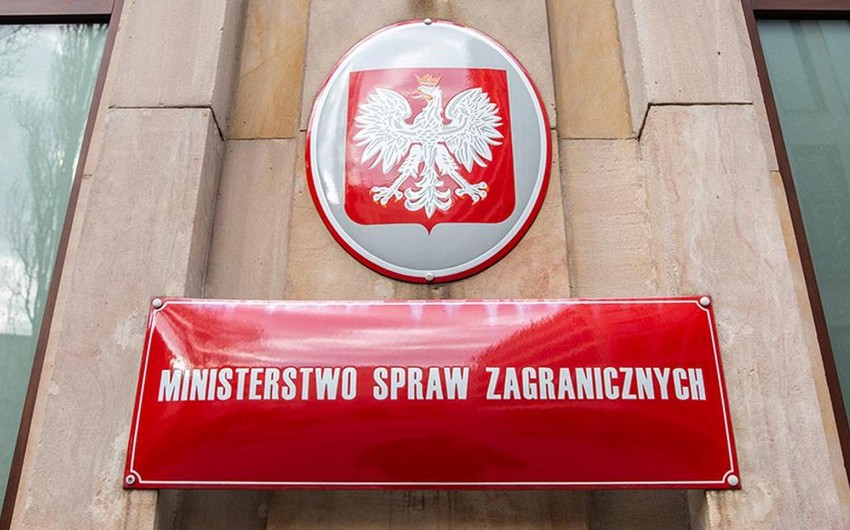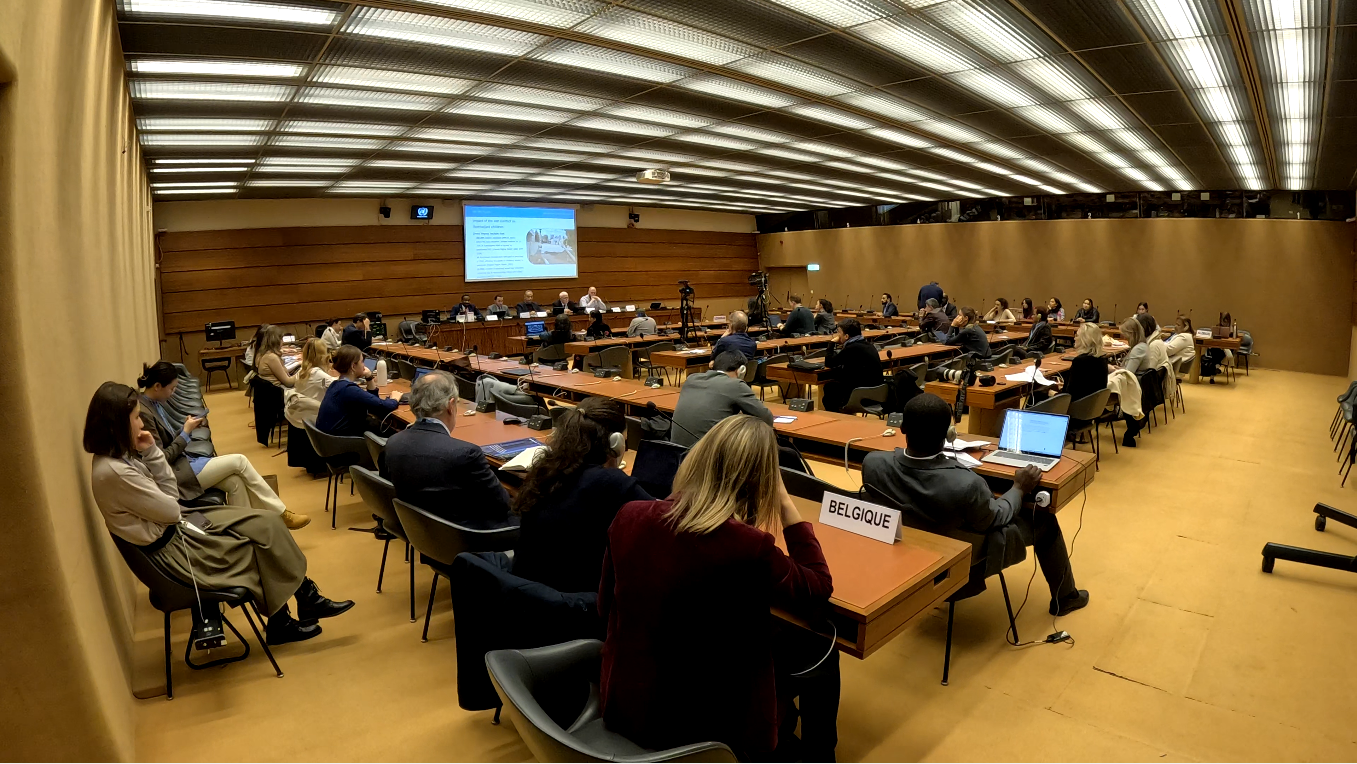Around three decades ago, George Soros was introduced to a brash property magnate over dinner at a country house in the Catskills, upstate New York. Donald Trump was about to launch a New York office block, and he asked Soros to be his lead tenant. Soros was already a spectacularly successful financier, but told Trump he simply couldn’t afford it. “And that was just because I didn’t like him,” he tells me, smiling.
It’s not hard to see why Soros took such an instant dislike. Worldly, bookish, curious and somewhat shy, he tends to find other businessmen boring. He is unimpressed by celebrity, preferring the company of intellectuals, journalists and anyone he feels knows more about a given subject than he does. As a hedge fund manager, he was more likely to spend his free time reading and writing philosophy texts than hanging out on the golf course. If you had to conjure up a personality that is the polar opposite of the current president of the United States, it would look a lot like Soros.
We meet on a sunny October morning in the office of his New York residence, with views over the Central Park reservoir. It could easily be the consulting room of an upmarket psychotherapist rather than the headquarters of one of the world’s richest people – and, as both his critics and supporters would argue, one of the most influential. A few pieces of understated art decorate the cream-coloured walls; there are bookshelves lined with nonfiction and an air purifier hums quietly in the background. Unlike Trump Tower, just a couple of miles away down Fifth Avenue, there are no gold elevators here.
These days, the distance between Trump and Soros is about much more than personality and aesthetics. The president has become the most powerful among a global chorus of rightwing critics focused on Soros’s philanthropic efforts, which fund a broad range of causes they dislike, from minority rights and protecting refugees to liberalising drug policy and combating hate speech. Soros has long had enemies – largely, authoritarian leaders who were wary of his efforts to promote and protect democracy; more recently, this has been amplified by the antisemitic conspiracy theories that ooze from the darker corners of the internet.
It is now rare for a week to go by without a populist politician painting Soros as a ruthless Bond villain with nefarious plans to reshape the planet. Last year, Trump suggested that Soros might be paying illegal migrants to come to the US; in Turkey, President Erdoğan has called him “a man who assigns people to divide nations and shatter them”; in Italy, Matteo Salvini has claimed Soros wants the country “to become a giant refugee camp because he likes slaves”. Last month, Soros’s financial support for the anti-Brexit Best for Britain group led Jacob Rees-Mogg to call him the “Remoaner-in-chief” in parliament. Nigel Farage has called him “the biggest danger to the entire western world”.
As a reporter based in eastern Europe, I have had a ringside seat to the political hostility Soros has faced over the years. I spent a decade in Russia, where Vladimir Putin blamed him for organising revolutions in neighbouring countries; in 2015, his philanthropic foundations were banned from the country as a “threat to state security”. Last year I moved to Budapest, the city of Soros’s birth, where the far-right Hungarian prime minister, Viktor Orbán, had taken Soros-baiting to a new level, erecting thousands of billboards featuring a cackling Soros, warning Hungarians not to let him “have the last laugh”.
Now I sit opposite a somewhat frail, elderly man wearing a maroon cardigan, and it feels like a Wizard Of Oz moment. Is this really the power-broker feared by the world’s nationalists? Soros turns 90 next year, and his face is creased with age, a distinctive banana-shaped fold of skin under each eye. He has lost much of his hearing, and visitors are given a microphone that connects directly to his hearing aid. He speaks hesitantly, often needing a few seconds to find the right word, and there is a hint of annoyance in his eyes during the pauses – as if the brain is irritated at the mouth for not articulating its thoughts fast enough. But appearances can be deceptive: Soros still maintains a busy work and travel schedule, splitting his weeks between Manhattan and upstate New York with his third wife Tamiko, and spending several months a year on the road.
What sustains him, I ask, particularly given the recent intensity of the attacks he has faced? “It challenges me and therefore it energises me,” he says with a smile, in his still-strong Hungarian accent. “When I look at the list of people, or movements, or countries who are attacking me, it makes me feel I must be doing something right. I’m proud of the enemies I have.”
Certainly his enemies make an impressive list of the world’s least progressive politicians. But when Budapest, the city in which Soros lived during the Holocaust, is plastered with posters of him that seem to reprise 1930s tropes of the all-powerful, laughing Jew… doesn’t that cross a line? Orbán has been explicit in his opposition to Soros. “I don’t take it personally, and I certainly don’t let it become a personal conflict,” he says, matter-of-factly. “The difference between us is not personal but ideological, and we stand for opposite views of the world.”
Over the years, Soros’s spending has had an impact that most private citizens could only dream of. Back in the 70s and 80s, he made money for his hedge fund faster than anyone else in the game, and soon began giving it away at the same speed. He is still worth around $8bn, even after a recent transfer of around $18bn from his personal funds to his foundations (together these currently spend an estimated $1bn a year around the globe). “Spending my money on collecting paintings, it just wouldn’t satisfy me,” he says. But his philanthropy is not born of altruism, he admits. “I have a big ego, and trying to make the world a better place is how I satisfy that ego.”
He began by providing money and organisational support for pro-democracy movements across the communist bloc. The first Soros foundation was launched in Hungary in 1984; a symbolic early project involved importing photocopiers to help dissident groups spread their message. It was a basic premise that was updated years later in Russia, where Soros spent nearly $100m during the 90s connecting regional universities to the internet. Since then, he has funded a range of causes around the world, from cultural programmes to transformative end-of-life medical care; the one unifying theme is that they must contribute to Soros’s overall goal of promoting the “open society”. In a collection of essays and speeches published last month, called In Defense Of Open Society, Soros claims we are now living through a “revolutionary moment”. He remembers two previous such moments: the second world war and the collapse of communism, which marked the start of his philanthropy. Back in the 80s and 90s, as he pumped hundreds of millions of dollars into central and eastern Europe, he felt he was swimming with the tide. Repressive regimes fell, and the momentum seemed to be with the people and politicians who wanted more open and tolerant societies. And then, as Soros says, “The tide turned against me.”
Soros spends a minute trying to recall a name. He finds it, eventually – Martin Luther King Jr – and sombrely repeats his line that “the arc of the moral universe is long, but bends towards justice”. Then he subverts it, with a glint in his eye. “I don’t believe that’s true. I think you need to bend the arc.”










